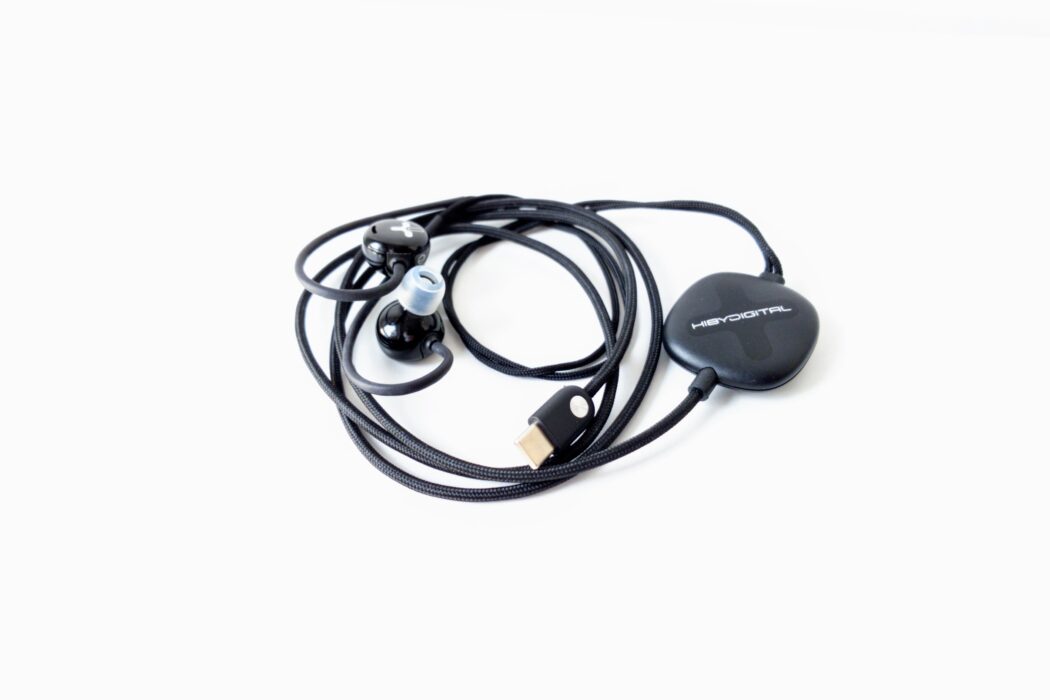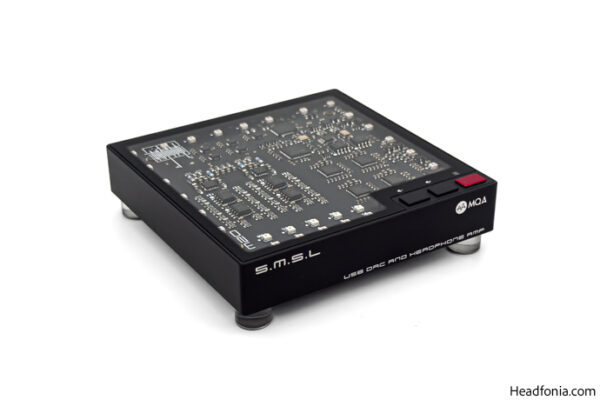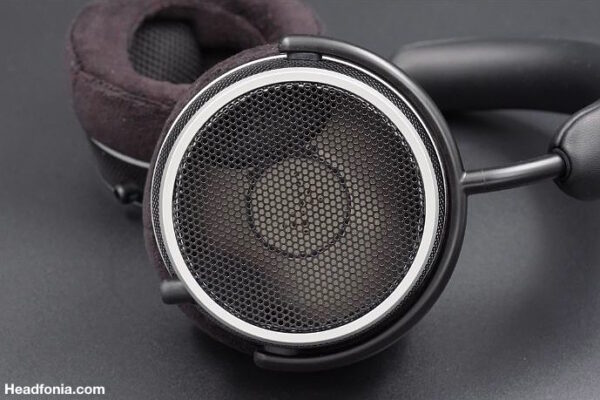Today, we’re reviewing the HiBy Digital Xeno, a dual-DAC, dual-driver IEM that costs $139.
Disclaimer: HiBy sent us the new HiBy Digital Xeno for this review. However, all thoughts and experiences with the product are my own.
HiBy & HiBy Digital
HiBy is a business enterprise that researches, develops, and markets high-quality portable audio products. The organization has a professional R&D workforce and a commendable track record in the portable audio industry.
HiBy Digital is the company’s side brand, focusing more on daily technology. Its products appeal more to the mass market, with lifestyle products that impact daily routines. The first product from this brand was the M300 DAP.
Additionally, HiBy is renowned for creating software that enables music playback on mobile phones and digital audio players (DAPs). It is an established manufacturer of portable music players and produces digital-to-analogue converters (DACs) and in-ear monitors (IEMs). Our publication has conducted numerous reviews of HiBy products, which can be accessed here.
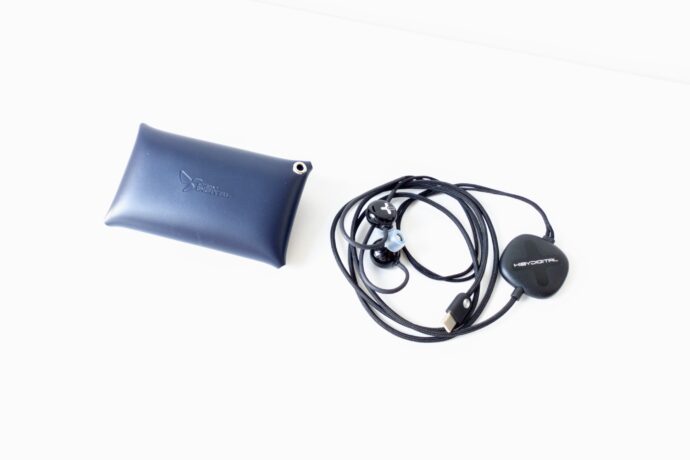
Notably, the high-end R8 II is featured below:
HiBy Digital Xeno
The Xeno Digital is Hiby’s new IEM, focusing on sound conversion from its own DAC chips and DSP settings. However, driver technology is also noteworthy, including using xMems driver technology. This driver type looks to be increasingly relevant in the IEM market. I suppose we’ll see many more IEMs with these drivers in 2025-26.
Another feature of the Xeno is its dual DAC system. This allows you to bypass the SRC of mobile phones and directly use the Xeno with bit-perfect playback. The DAC supports up to DSD128 and PCM 384kHz. The Xeno’s rivers are a full-range 10mm graphene dynamic driver and an all-new xMEMS ‘Cowell’ solid-state tweeter. The cable is a silver-plated copper USB-C.
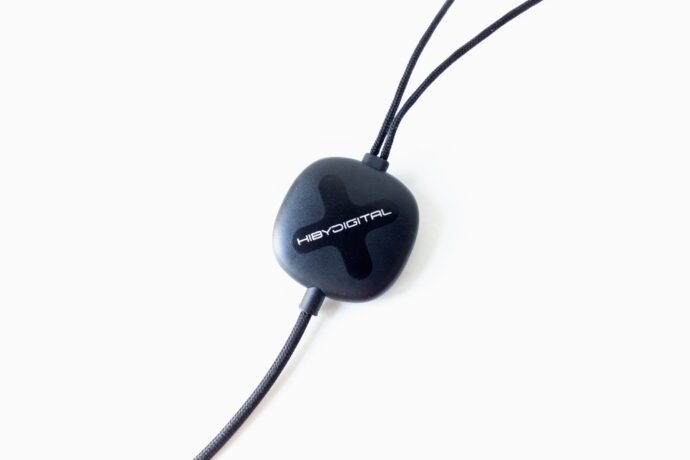
Packaging, Design, Build, Usage
I received the Xeno without packaging, as it was one of the earlier units. However, the included accessories are a small leather case and ear tips. I received nothing else. The included tips are low quality and don’t fit well, which I’ll mention shortly.
The unit’s design is simple, featuring a solid black background. Its only prominent aspect is the small rectangle housing the DACs and the operational button controls. The volume can be adjusted using the “+” and “-“ buttons. The “O” button switches between the Xeno’s three tuning modes, while the ▷” button manages play and pause during music playback.
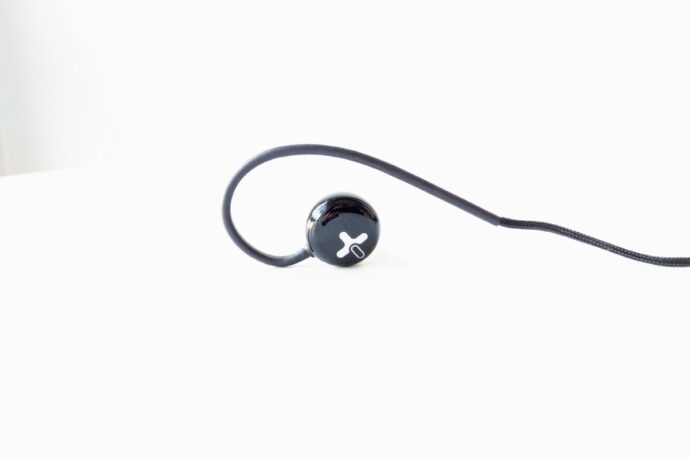
The unit’s build quality isn’t inspiring, as everything is plastic. The IEM housings are made from 3D processing, the controller units are entirely plastic, and the cable is coated with fabric. Of course, the cable is fixed and might fail over a long time, but the connection to the IEM feels solid enough.
The controller’s operation is simple, but the confusing thing is that the volume up & down buttons don’t work when you press and hold them. That function is for skipping or returning the songs. You must repeatedly press the volume buttons to crank or reduce the volume level. The volume levels are tiny, which means there is a lot of button pressing, which is counterintuitive.
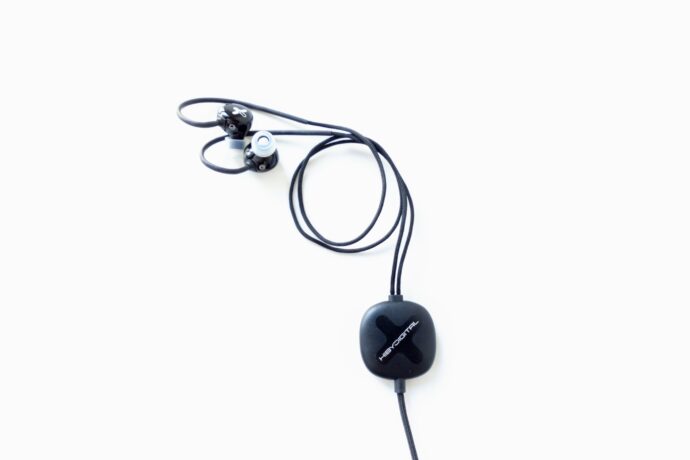
Fit
One of the Xeno’s most problematic aspects is its fit. The included ear tips are terrible, and the nozzles aren’t deep enough to provide a flush fit. Wearing the earphones feels like there’s no isolation from the outside world.
Using aftermarket tips is the best way to improve the situation. However, due to the shape of the earpieces, achieving a good fit is still tricky, and I only managed to get a good seal with Comply foams.
Sound General
Hiby Xeno has three tuning modes: flat, bass-boosted, and cinema/gaming. For music listening, the flat mode provides the most balanced presentation. In that mode, the Xeno has a congested, “digital” sound that doesn’t feel natural. Although it has promising qualities for the future, its current state isn’t groundbreaking yet.
In flat mode, the Xeno sounds warm in the mid-bass, slightly veiled in the mid-range with good tonality, and smoothed out in the treble. The treble feels spacious, but it doesn’t extend quite well. The mid-bass focus feels warm, creating a pleasing tonality, and the sub-bass rumble is good enough for movies and gaming. I found the dynamic and movie tunings unusable, as the flat setting provides the only listenable profile in terms of music playback.
Of course, you can use PMEQ and several DSP settings with Xeno, but that doesn’t save the digital feeling and the congested staging it creates.
The article continues on the second page with the part on Sound. Click here or use the jumps below.
Page 1 – Intro, Packaging, Design, Build, Fit, Sound General
Page 2 – More on Sound, Conclusion







